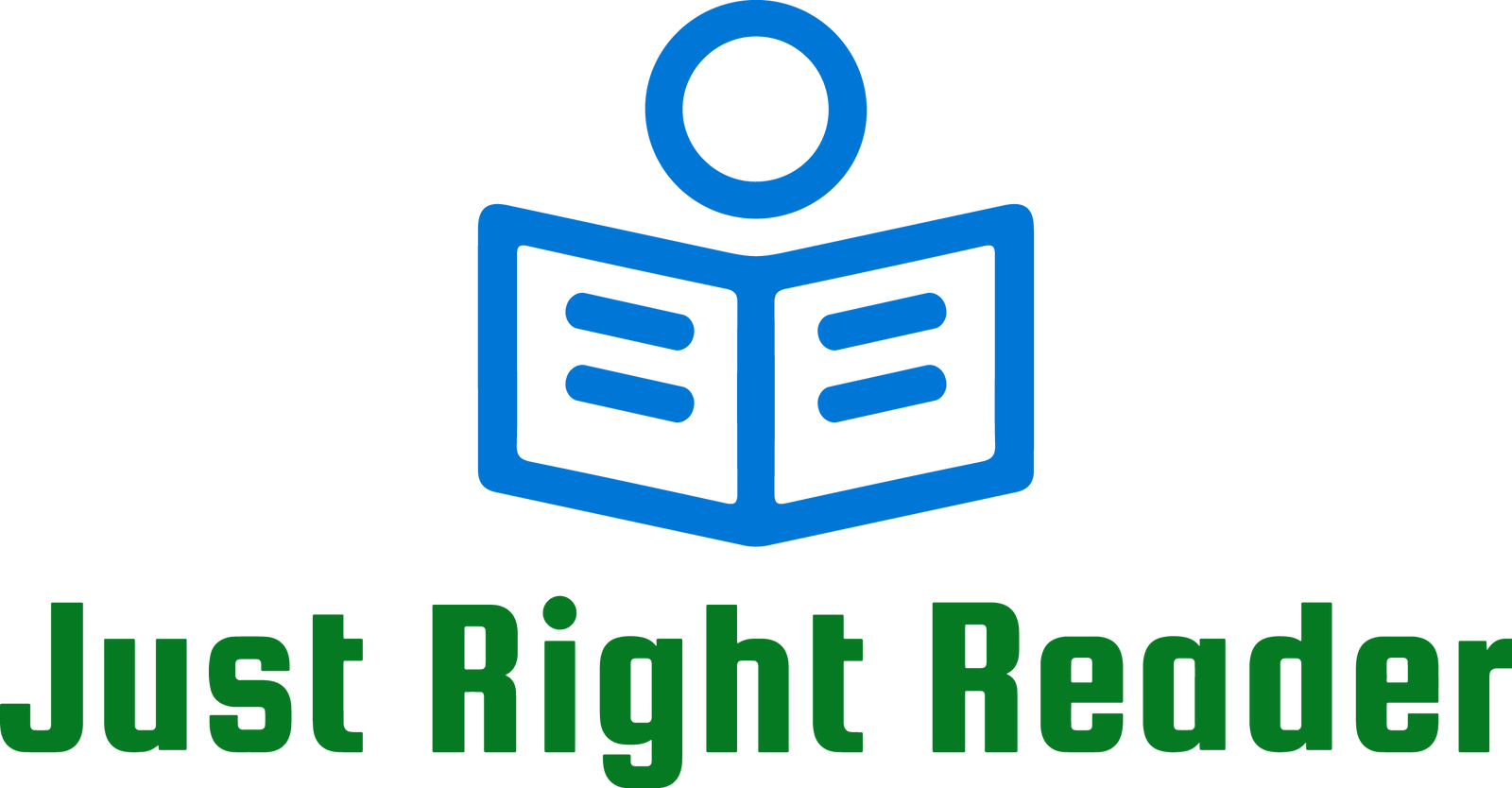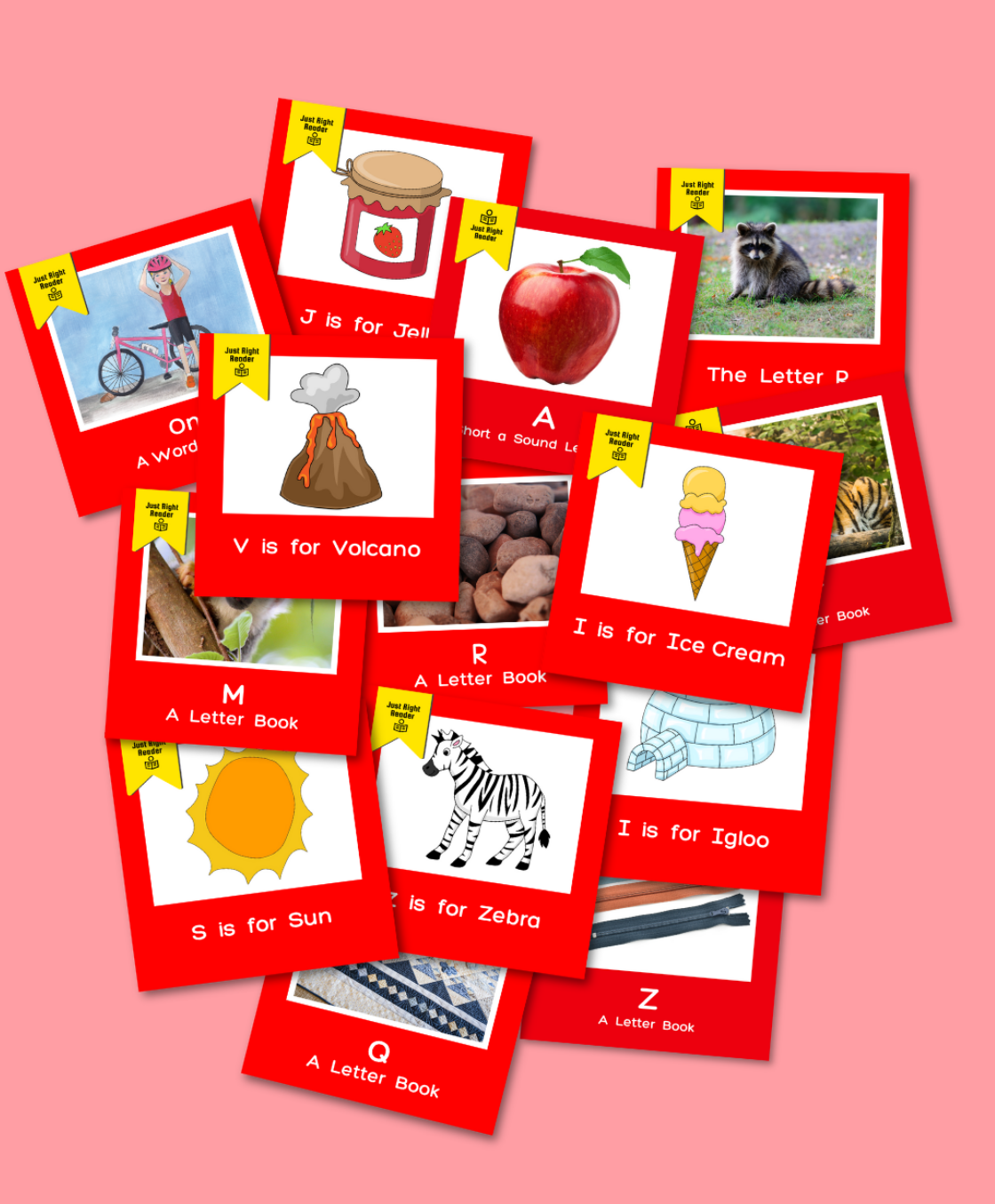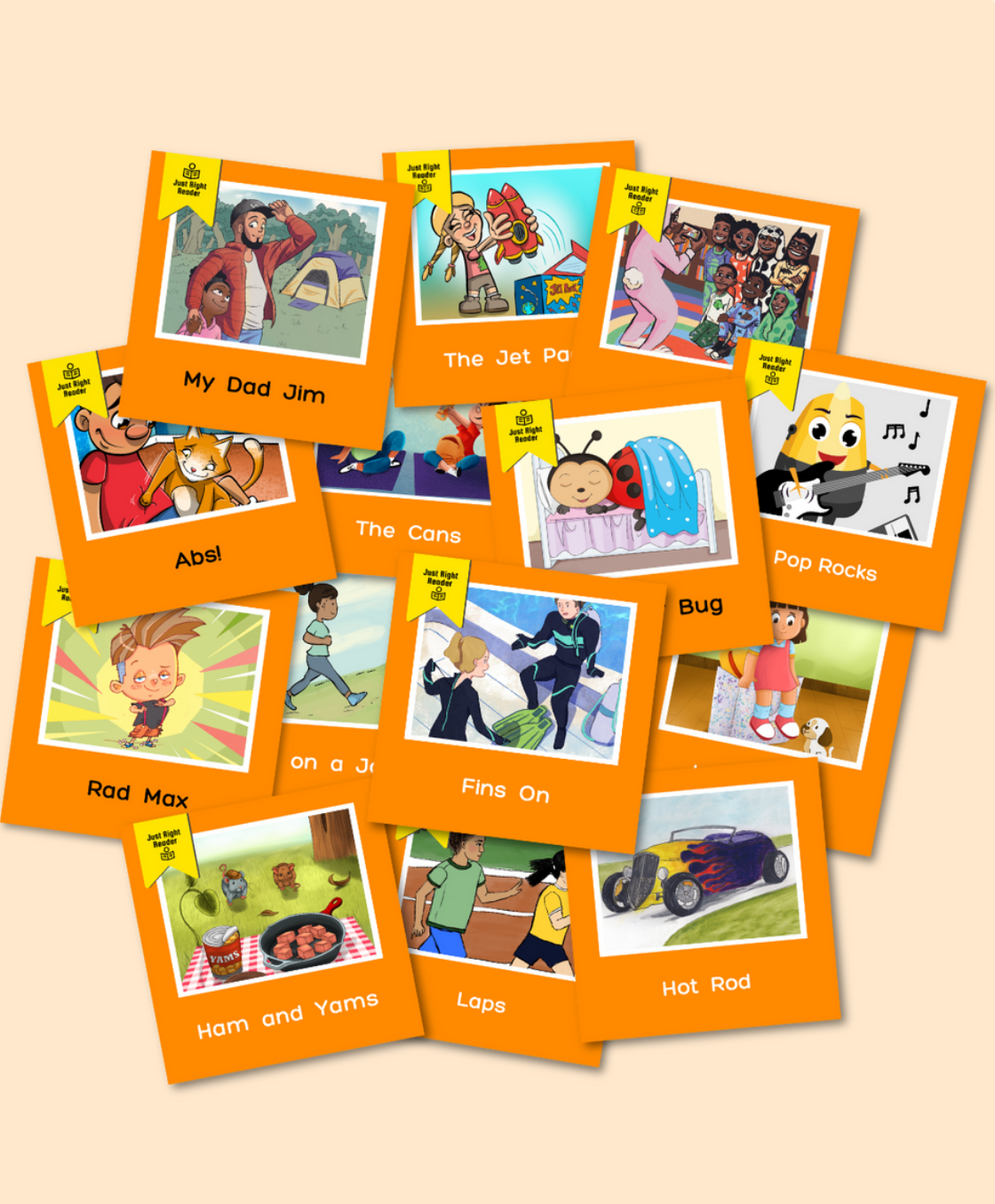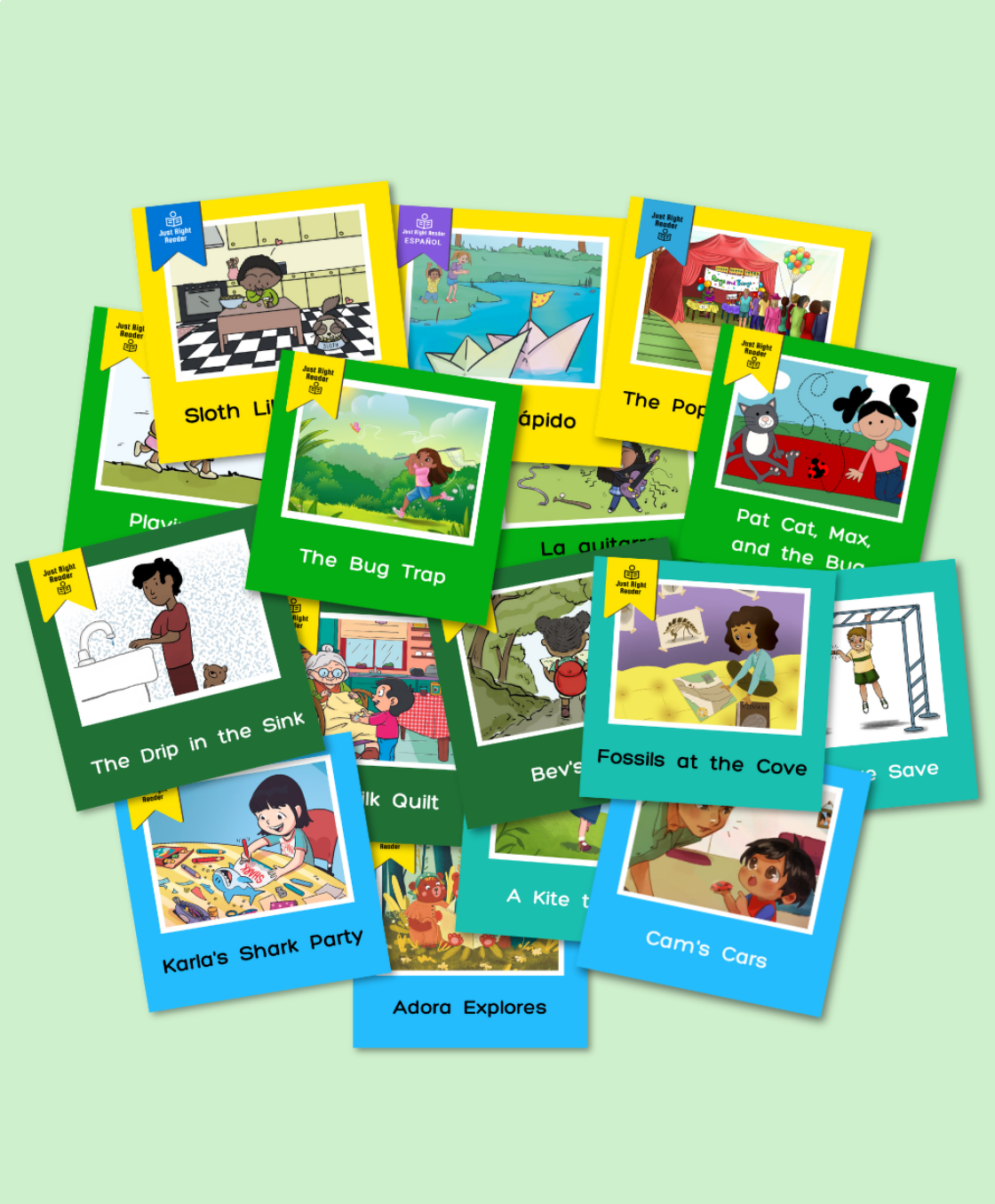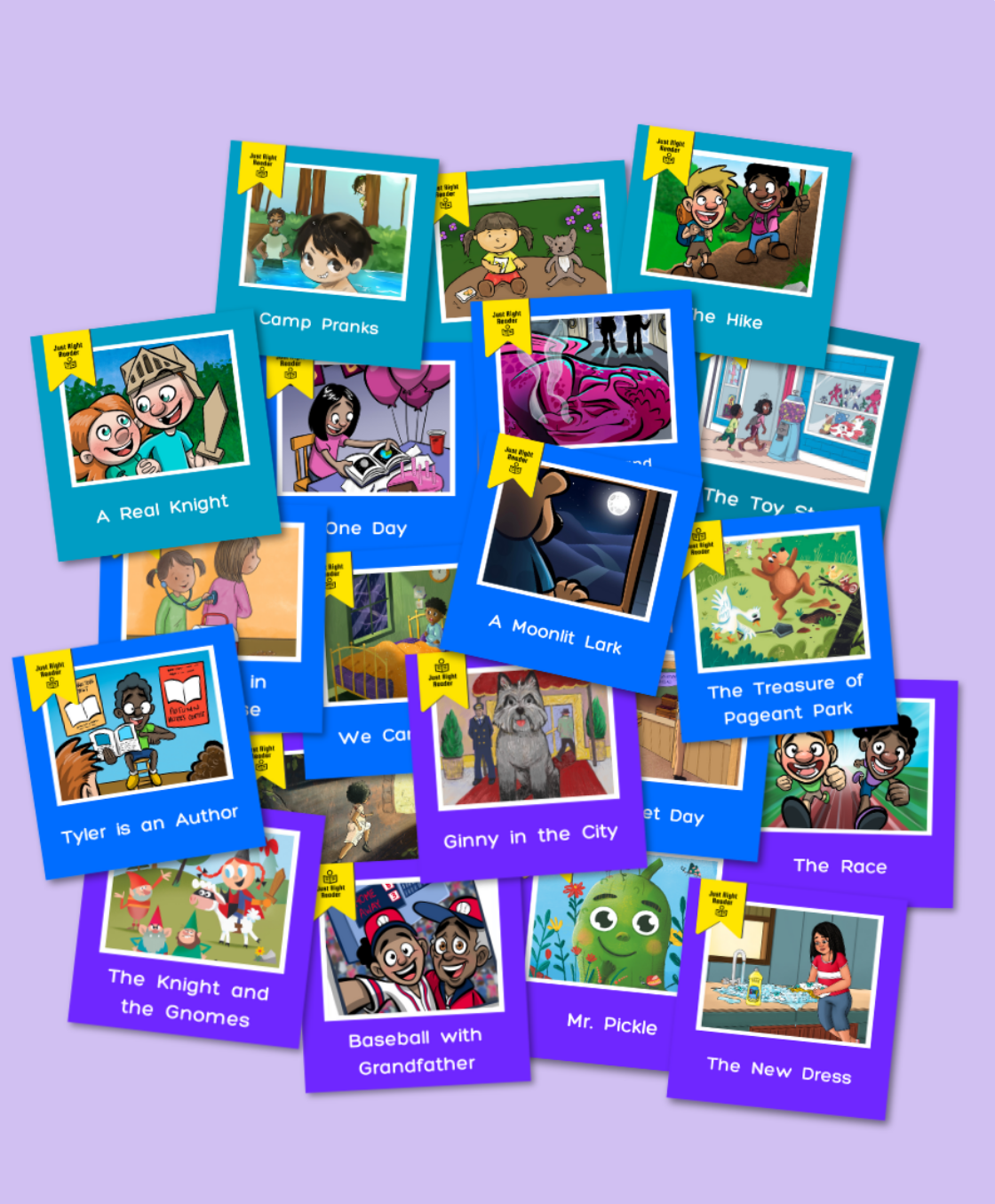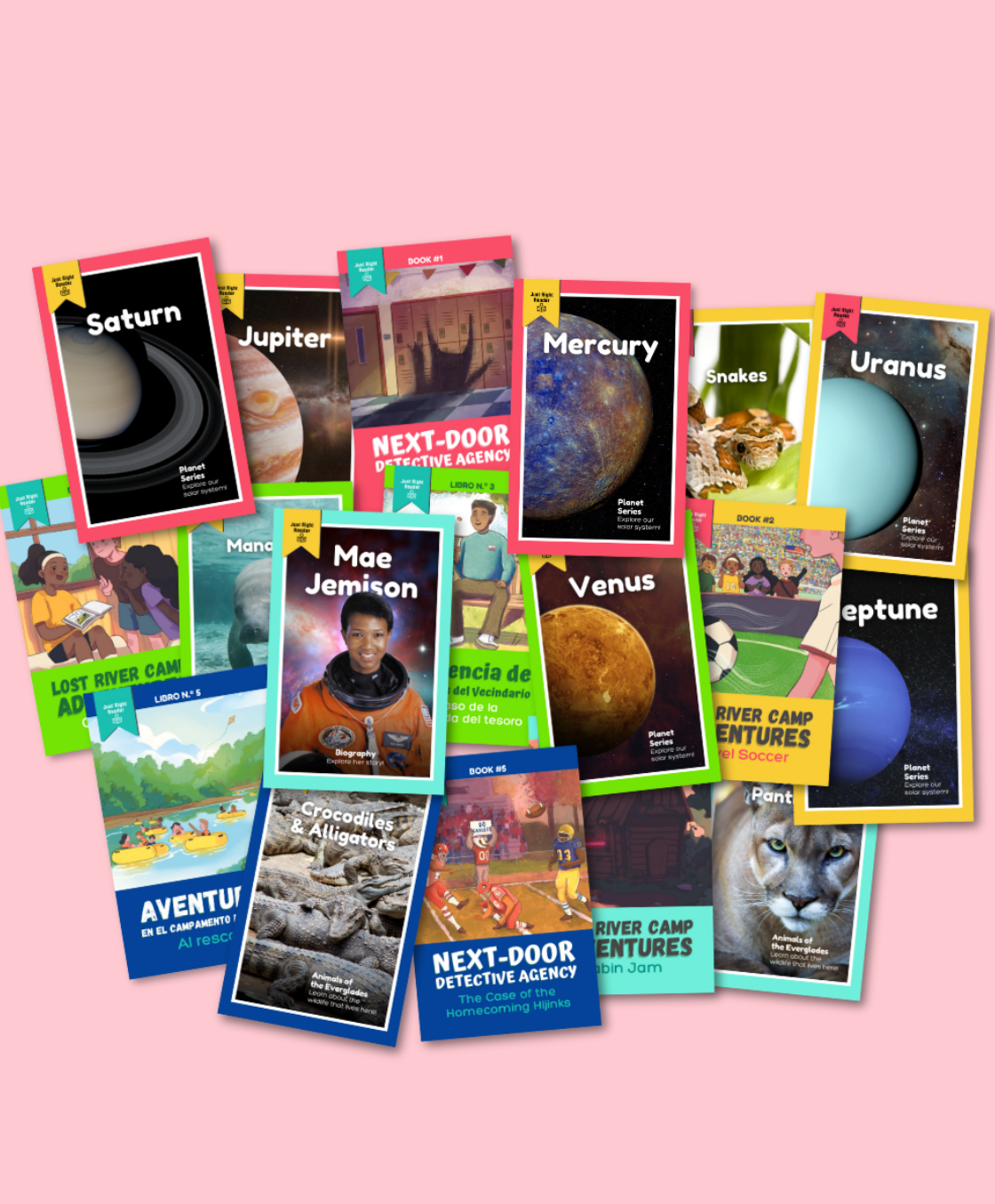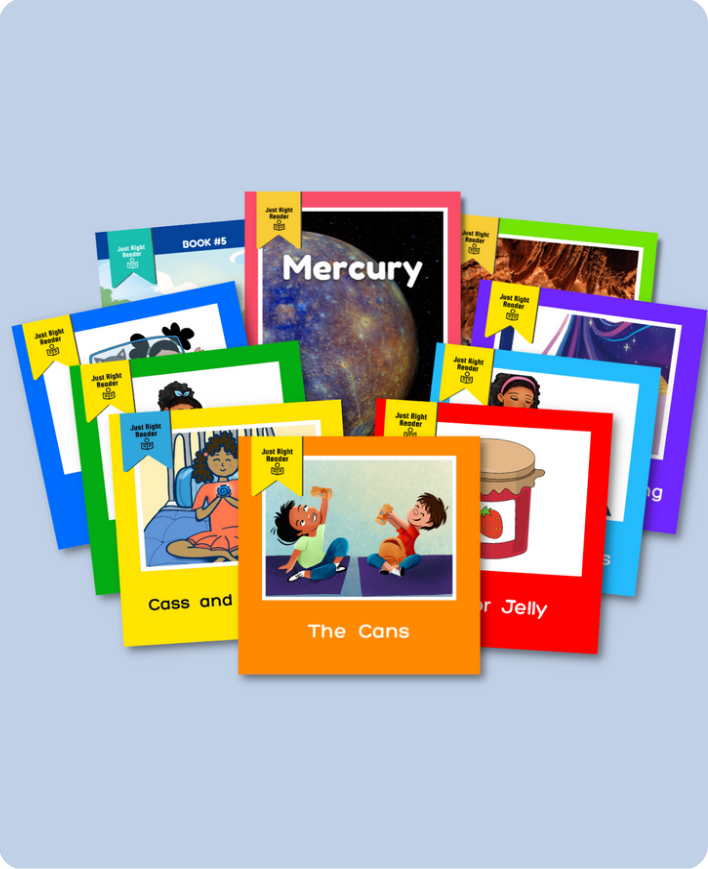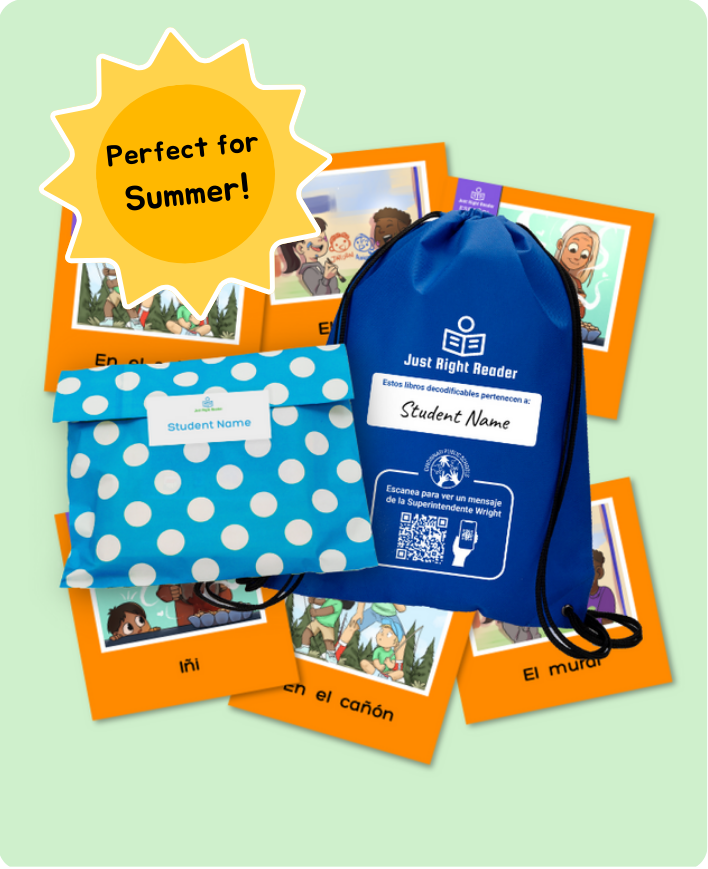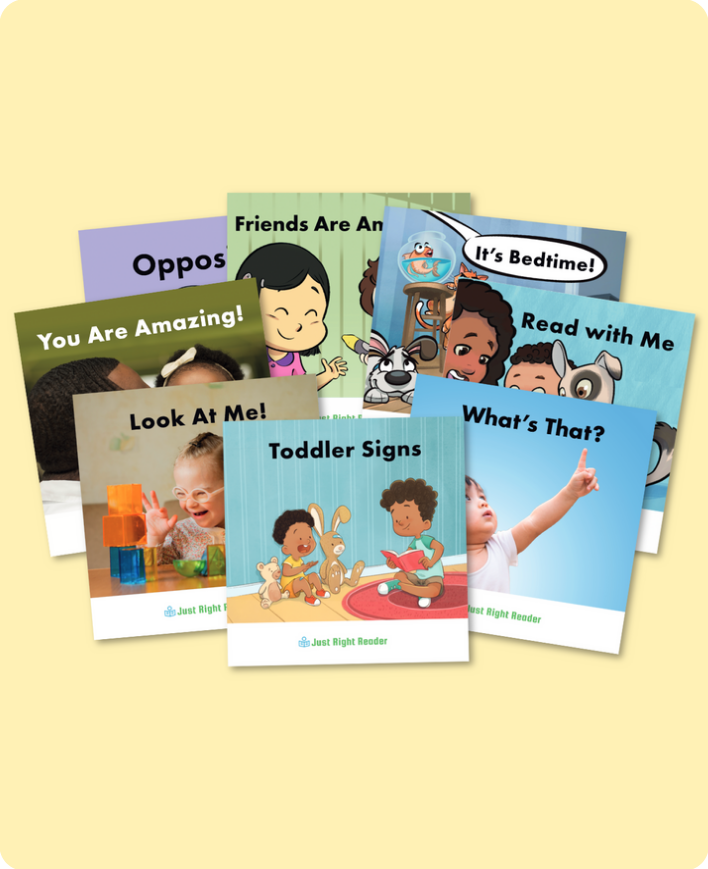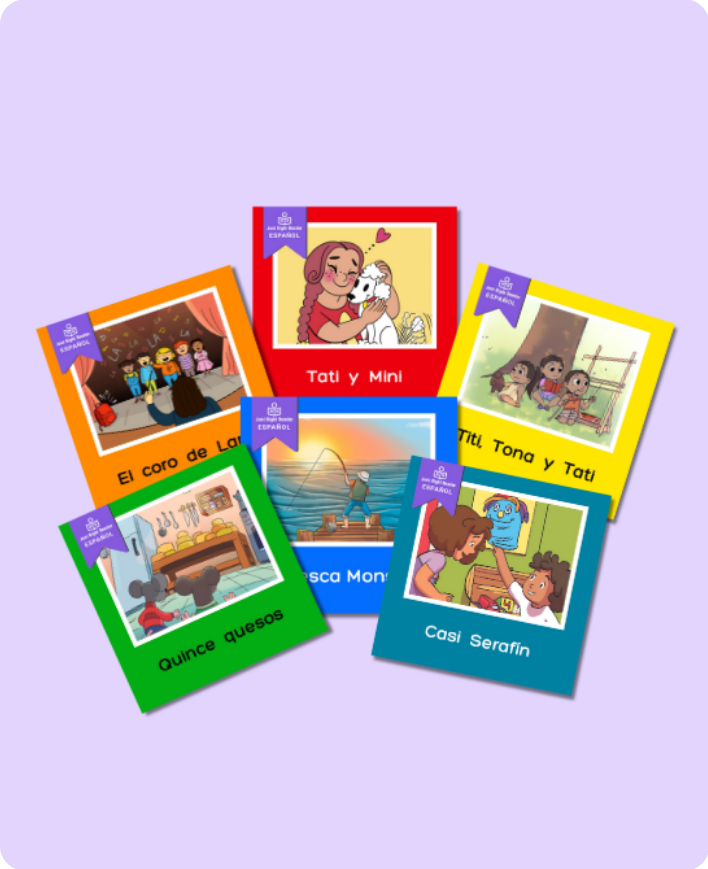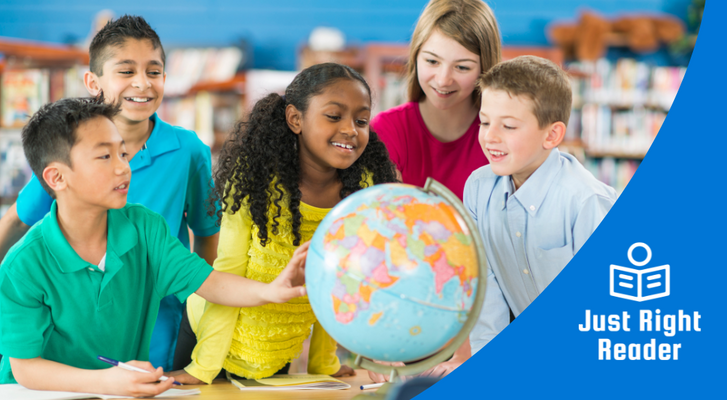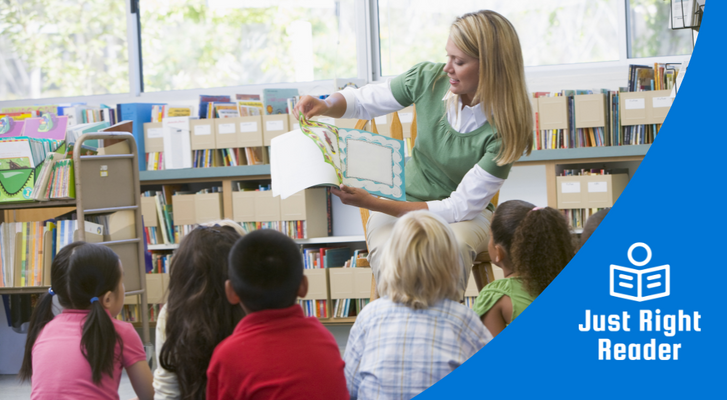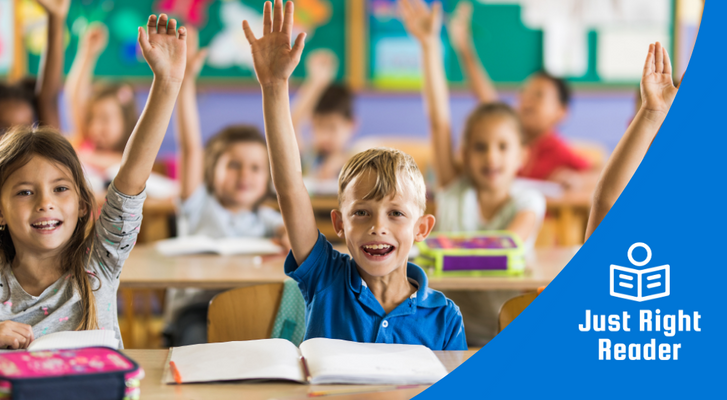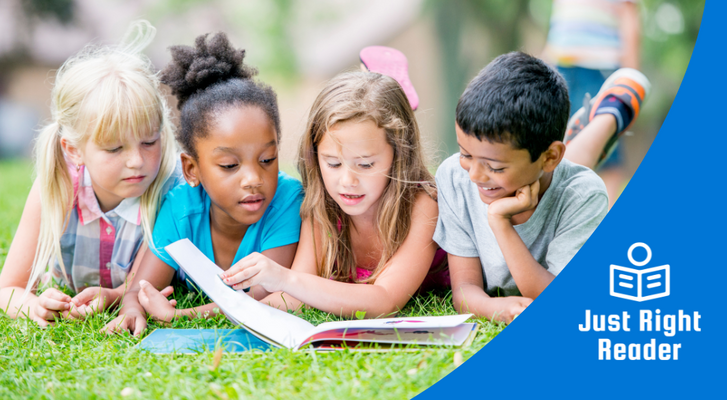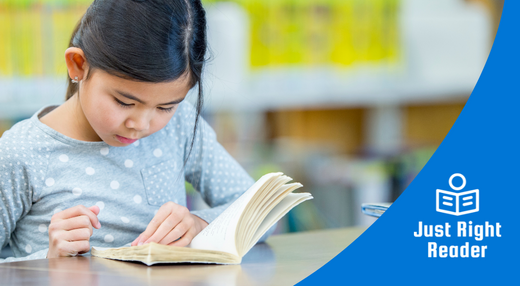
Encouraging a love of reading is important for a child's development, and one effective way to foster this love is by building a home library.
Learn why access to books at home is important for children and how it benefits their literacy development.
The Importance of Home Libraries for Children

Why Home Libraries?
Home libraries provide children with quick access to books, allowing them to explore reading independently and at their own pace. This easy access to books is critical in developing early literacy skills and fostering a lifelong love of reading.
Improved Language and Reading Skills
- Books in the home are linked to improved language skills and increased reading proficiency in children (Schubert and Becker, 2010).
Cognitive Development
- Early exposure to books at home influences cognitive development and fosters greater reasoning abilities (Mol and Bus, 2011).
Reading Comprehension
- Reading printed books increase the ability to comprehend six times better than digital screens (Edsource, 2023).
Long-term Education
- Research shows that children with access to books at home achieve up to three more years of schooling than those without (Evans et al., 2010).
How to Build a Home Library

Choose the Right Books
It is important to select books that children are interested in. Include a variety of genres to introduce them to various styles of writing and topics. Reading fiction books enhances their imagination and creativity, while non-fiction books build background knowledge and broaden their understanding of the world.
Involve Children in the Process
Allow your child to choose books whenever possible. This ownership makes a home library feel more personal and they are more likely to read the books available to them.
Create a Reading-Friendly Environment
Designate a special place in your home for the books where your child can comfortably read. A cozy corner with easy access to books, good lighting, and comfortable seating invites frequent reading sessions.
Use Community Resources
Building a home library can be cost-effective by utilizing community resources. For instance, public libraries offer free book borrowing services and often have book sales. Book swaps, where you can exchange books with other families, thrift stores, and school sales are also great options for continuously refreshing your child's collection and keeping them engaged with new reads.
Prioritize Family and Caregiver Involvement
Reading together and discussing stories by asking questions about the plot, characters, or their favorite parts, improves reading and critical thinking skills.
Read ourFamily Reading blog post for tips on strengthening family reading at home.
Praise Efforts, Not Just Success
Praise your child’s effort, not just their ability to read fluently. This helps kids develop a positive mindset towards reading and feel confident about learning.
What if my child is hesistant to read?

If your child is hesitant to read at home, try some of these strategies.
- Add interactive books, such as those with puzzles and activities, to capture their interest. Graphic novels and comic books appeal to many children and can be a pathway to reading other genres.
- Focus on their interests. A child who is intrigued by dinosaurs, space, or ocean animals might be more interested in reading books about those topics.
- Encourage short reading sessions initially and gradually increase the length to improve reading stamina.
Enhance Home Libraries With Just Right Reader Take-Everywhere Decodables
Build your child’s home library with Just Right ReaderBoard Books for ages 0-3 and personalizedTake-Everywhere Decodable books for pre-K—5th grade.

Our Science of Reading Decodables feature:
- An extensive library of 750+ titles in English and Spanish
- Engaging and relatable stories with relatable characters and vibrant illustrations that motivate students to keep reading
- Evidence-based, rigorous phonics scope and sequence that aligns to all phonics programs and curriculums
- QR codes that link to memorable video lessons in English and Spanish

Our Board Books feature:
- Research-backed books aligned to your Early Learning Standards
- Vibrant illustrations and engaging stories based on developmental milestones
- Bite-sized tips, baby sign language, and videos for caregivers with every title
- Learning Together Guides equip caregivers with easy tips and fun ideas for their child’s journey to literacy.

References
Clark, C., & Poulton, L. (2011). Who are the independent readers? A new model of reading.Literacy Research and Instruction
Evans, M. D., Kelley, J., Sikora, J., & Treiman, D. J. (2010). Family scholarly culture and educational success: Books and schooling in 27 nations.Research in Social Stratification and Mobility
Mol, S. E., & Bus, A. G. (2011). To read or not to read: A meta-analysis of print exposure from infancy to early adulthood.Psychological Bulletin
Schubert, F., & Becker, R. (2010). Social Inequality of Reading Literacy: A Longitudinal Analysis With Cross-Sectional Data of PIRLS 2001 and PISA 2000 Utilizing the Pairwise Matching Methodology.Sociology of Education